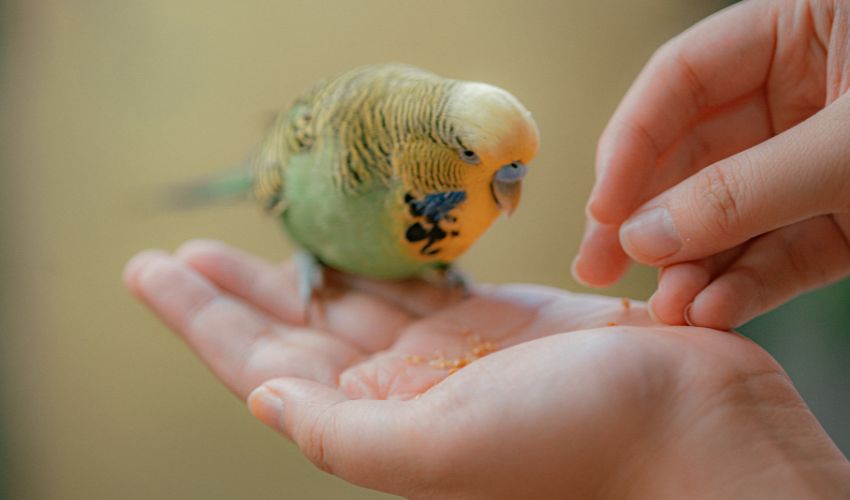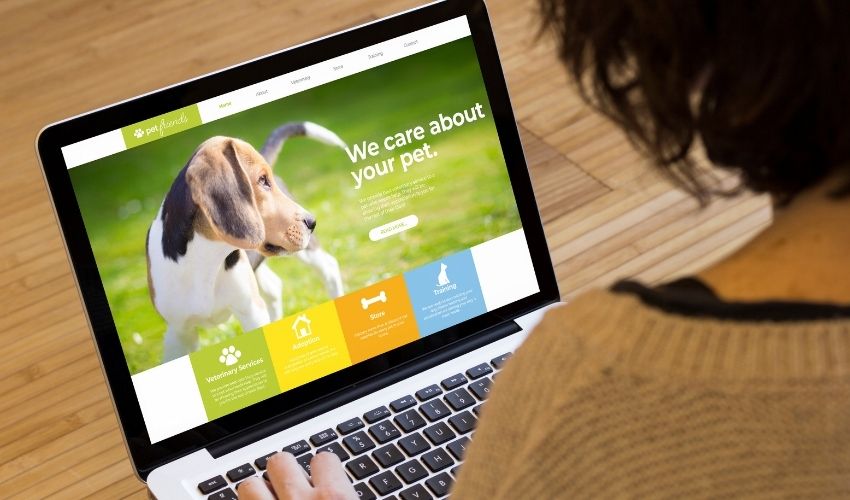Successfully knowing the symptoms of undiagnosed dog diabetes goes a long way. Aside from dangerous viruses, this is one of the diseases pet owners should look out for.
Diabetes mellitus, mostly known as diabetes, is a disease that develops when the body is unable to utilize glucose (a form of sugar) as the source of energy.
How Does Diabetes Work?
The primary fuel for the body’s cells is glucose. The pancreas produces the hormone insulin, which plays a significant role in regulating blood glucose levels.
Sugars are one of the nutrients absorbed from a meal when it moves through the intestines during digestion. They move into the intestinal lining cells, transforming into simple sugars, including glucose.
The bloodstream subsequently absorbs the simple sugars, allowing flow and distribution to all the body’s tissues and cells.
For glucose to be transported from the bloodstream to the cells, insulin is necessary. Hyperglycemia, or high blood glucose, is a condition that occurs when there is insufficient insulin or when the body cannot utilize the insulin.
When the blood sugar reaches a specific level, it overflows into the urine (known as glucosuria) and pulls in significant amounts of water. Because of this, diabetic pets usually drink more water and urinate more often and heavily.
Diabetes is categorized as Type I or Type II. Type I happens when the pancreas produces insufficient insulin, and Type II occurs when the body cannot react correctly to the insulin produced by the pancreas.
Although Type I or Type II diabetes can occur in pets, the distinction between them is less distinct than in people.
What Are 3 Symptoms Of Undiagnosed Dog Diabetes?
The most crucial aspects of caring for your pet include recognizing the early indications of diabetes. The following symptoms should prompt you to take your pet to the vet.
The earlier the diagnosis, the bigger your pet’s shot of living a longer, healthier life. Hence, it is essential to know the 3 symptoms of undiagnosed pet diabetes.
- Increased urination and excessive water consumption
- Even though there can be an increase in hunger, weight loss
- Infections that repeat continuously (including skin infections and urinary infections)
How Is Diabetes Diagnosed And Treated?

Although a pet’s symptoms may suggest diabetes, your veterinarian must uncover persistent hyperglycemia and glycosuria to finalize the diagnosis. Although it is frequently easy to detect, your doctor may order further blood tests to rule out other common illnesses in older pets.
Vets advice a urine culture to exclude a urinary tract infection. Your veterinarian will recommend an initial dose and type of insulin for your pet once they make the diagnosis.
One must administer insulin intravenously; pets cannot take it orally. Your veterinarian will demonstrate the administration of insulin injections, which requires a tiny needle most animals can tolerate.
It is not a one-size-fits-all treatment; depending on the monitoring findings, your veterinarian may sometimes need to modify your pet’s treatment plan. Dietary advice is a crucial component of dog diabetes treatment.
Regular check-ups, blood and urine tests, and observation of your pet’s weight, hunger, drinking, and urination are necessary for successful diabetic therapy.
How To Care For Diabetic Pets
Dogs and cats with diabetes usually require lifelong remedies with special diets, a fantastic health routine, and day-to-day insulin injections — especially in dogs. The key to coping with diabetic pets is to preserve your puppy’s blood sugar close to ordinary tiers and avoid too-excessive or too-low levels that may be life-threatening.
A remedy that works for one pup may not be effective for another, and persistence is crucial as you and your dog alter the brand new weight-reduction plan and medications. Keeping the correct insulin and feeding schedules advocated for your puppy is important.
It is also very essential that your dog keeps an everyday urge for food, even during insulin therapy. Otherwise, hypoglycemia (low blood sugar) might occur in case your puppy isn’t ingesting and soaking up sufficient nutrients to stabilize the insulin’s impact on removing sugars from the bloodstream.
You may also want to look at your dog’s blood and urine sugar tiers frequently. You can do this by taking them on regular check-ups with your trusted veterinarian, or you can ask for guidance regarding the tests and check their blood and urine glucose tiers at home.
Conclusion
Understanding dog diabetes is vital for pet owners. Pets already have a short lifespan, so gaining knowledge in this area will allow your furry friend to live life a little bit longer and happier.
If pets come first in your life, go and show your compassion for cute furballs in Doobert! The team is always looking for volunteers who are ready to spend their days rescuing animals in need. You can also contact them and adopt a new addition to your growing family!











